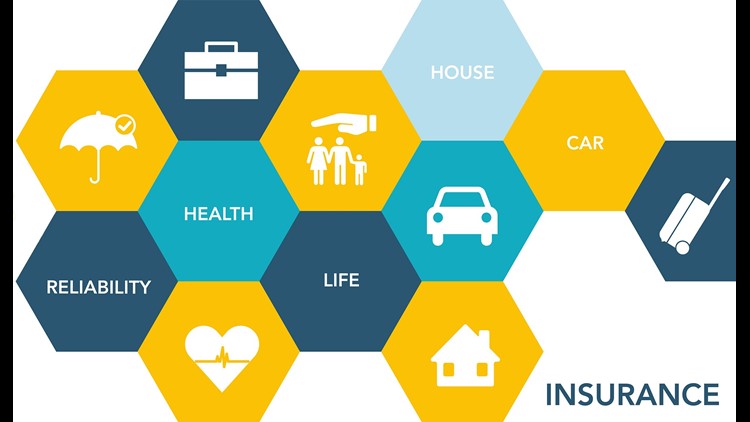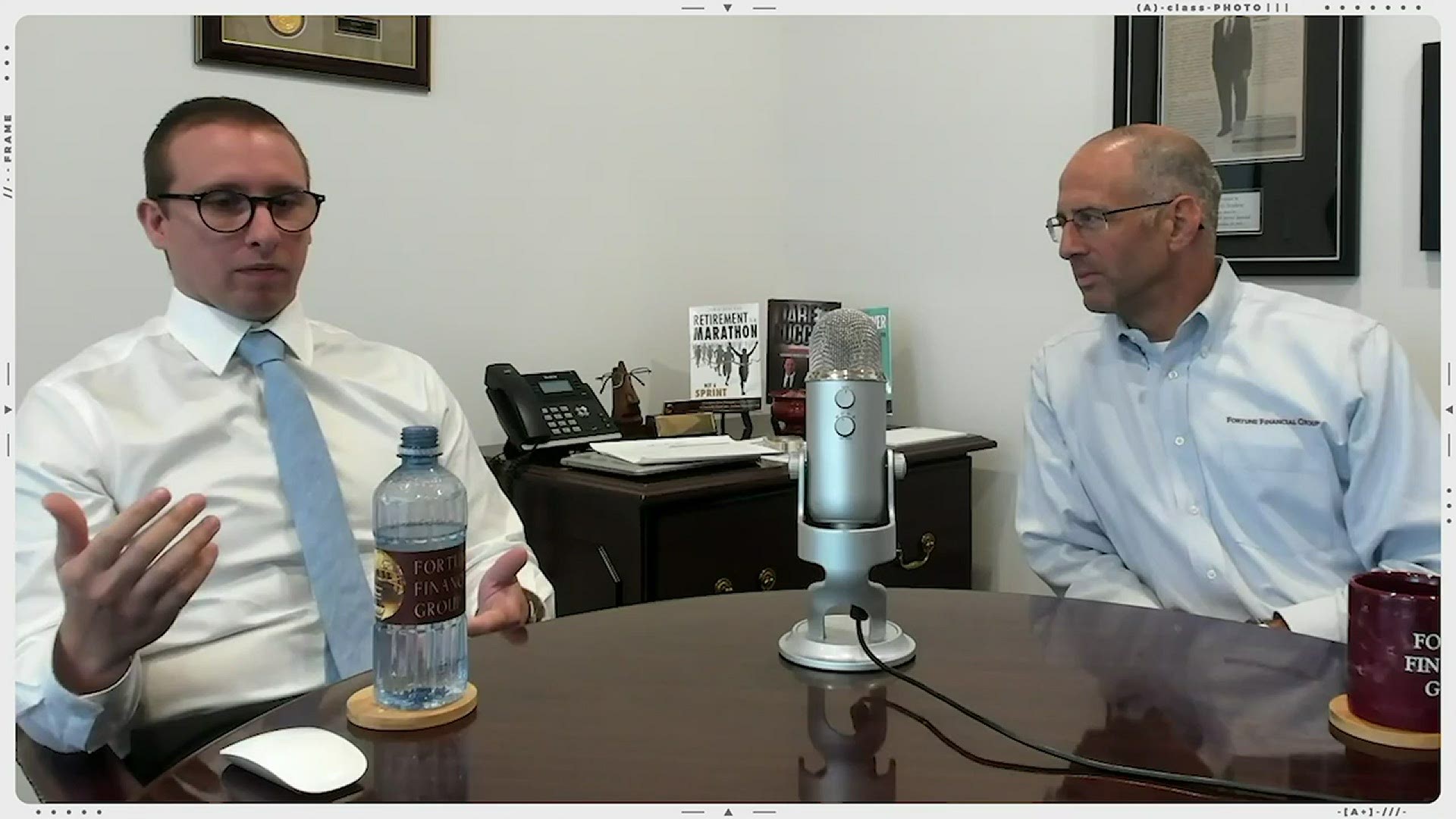If there is any doubt as to whether life insurance is important, add up your current debts. Presently, Americans die with an average debt of $62,000, including home loans.[1] While debt may seem completely manageable as long as you’re earning income, imagine how those bills could start piling up if that income suddenly went away.
For households in which a primary income earner unexpectedly passes, the situation can be even more difficult. Surviving family members may not have the skills or work experience to immediately begin replacing that income in the workforce. However, many of today’s life insurance policies offer more features than simply a death benefit. Additional options, referred to as “riders,” offer opportunities to access benefits while the policy owner is still alive. Keep in mind that riders typically require an additional premium and may not be available on all products.
The primary goal for life insurance should be financial protection for beneficiaries. To accomplish this, first consider how much coverage you may need and for how long. However, it’s also worth considering how you can leverage those premiums for additional benefits that provide more “bang for your buck.”[2]
The following are a variety of rider options available with today’s life insurance policies.[3]
• Accelerated death benefit: Permits the owner access to some of the policy’s death benefit to help pay for expenses in the wake of a diagnosis of a terminal or serious chronic illness. It is not meant to replace health or long-term care insurance; it’s purpose is to help mitigate some of the excess expenses sometimes encountered near the end of life. Note that accessing these benefits will reduce the death benefit.
• Accidental death: Increases the death benefit payout should the owner die from an accident.
• Coverage for children: Generally offers a relatively small payout ($5,000 to $10,000) to cover funeral expenses for a child and any wages lost during the grief period.
• Conversion option: At the end of the policy period, many term life insurance policies offer a one-time conversion option to a permanent life insurance policy for a higher premium.
• Disability waiver of premium: Continues paying insurance premiums if the owner becomes disabled and can’t work. Purchased at the outset, this rider usually charges a higher premium.
• Return of premium: Avoid paying premiums for coverage you’ll never use (meaning you don’t expect to die during the policy term) with this type of policy. Premiums are usually significantly higher, but the policy is structured to return the money you paid at the end of the term.
It’s important to remember that most life insurance policies are subject to medical underwriting and, in some cases, financial underwriting, and the costs of a life insurance policy, including premiums and cost of insurance charges, is dependent on your age and health at the time of application. Life insurance products contain fees, such as mortality and expense charges, and may contain restrictions, such as surrender charges.
Life insurance product guarantees rely on the financial strength and claims-paying ability of the issuing insurer.



